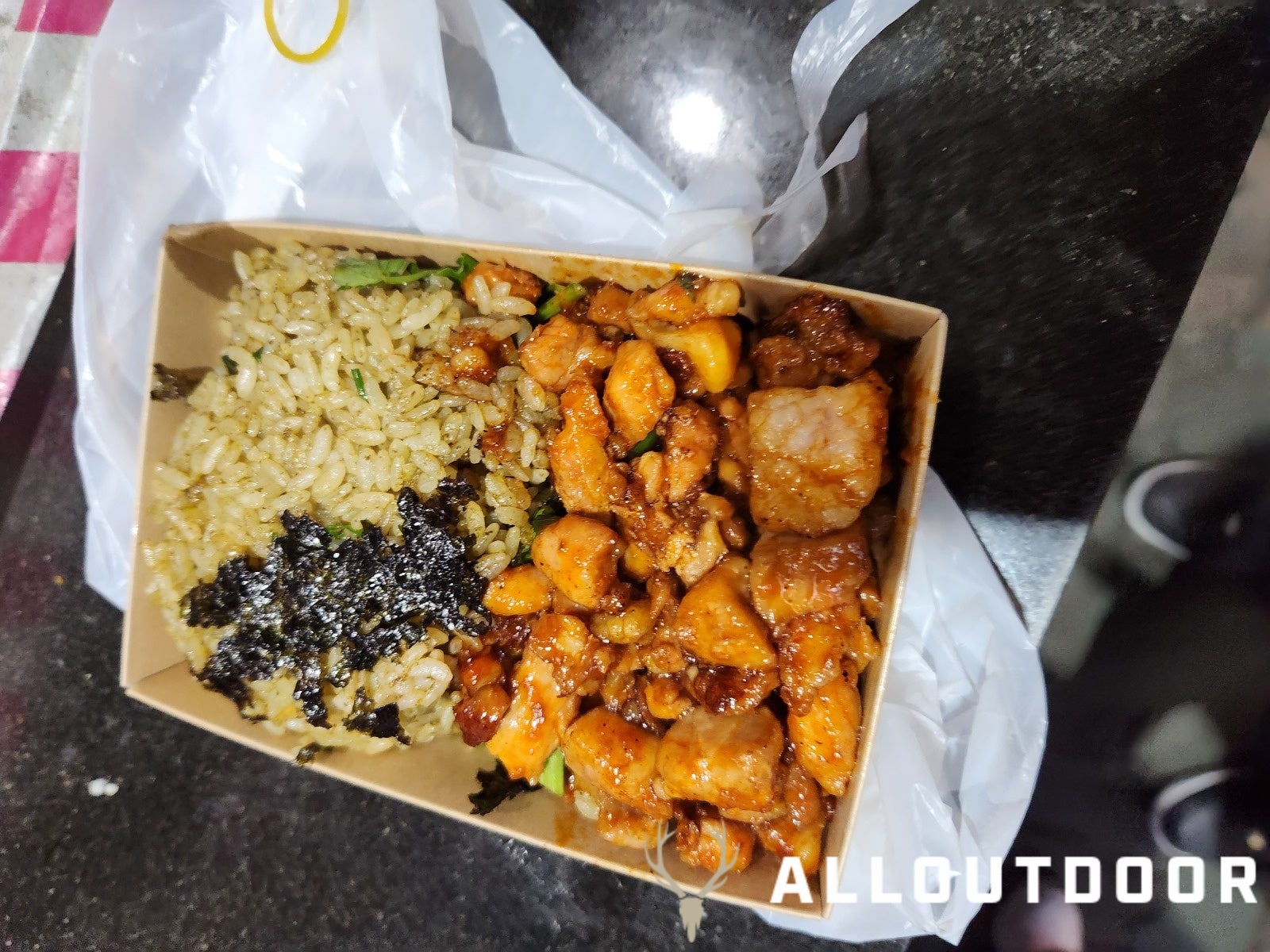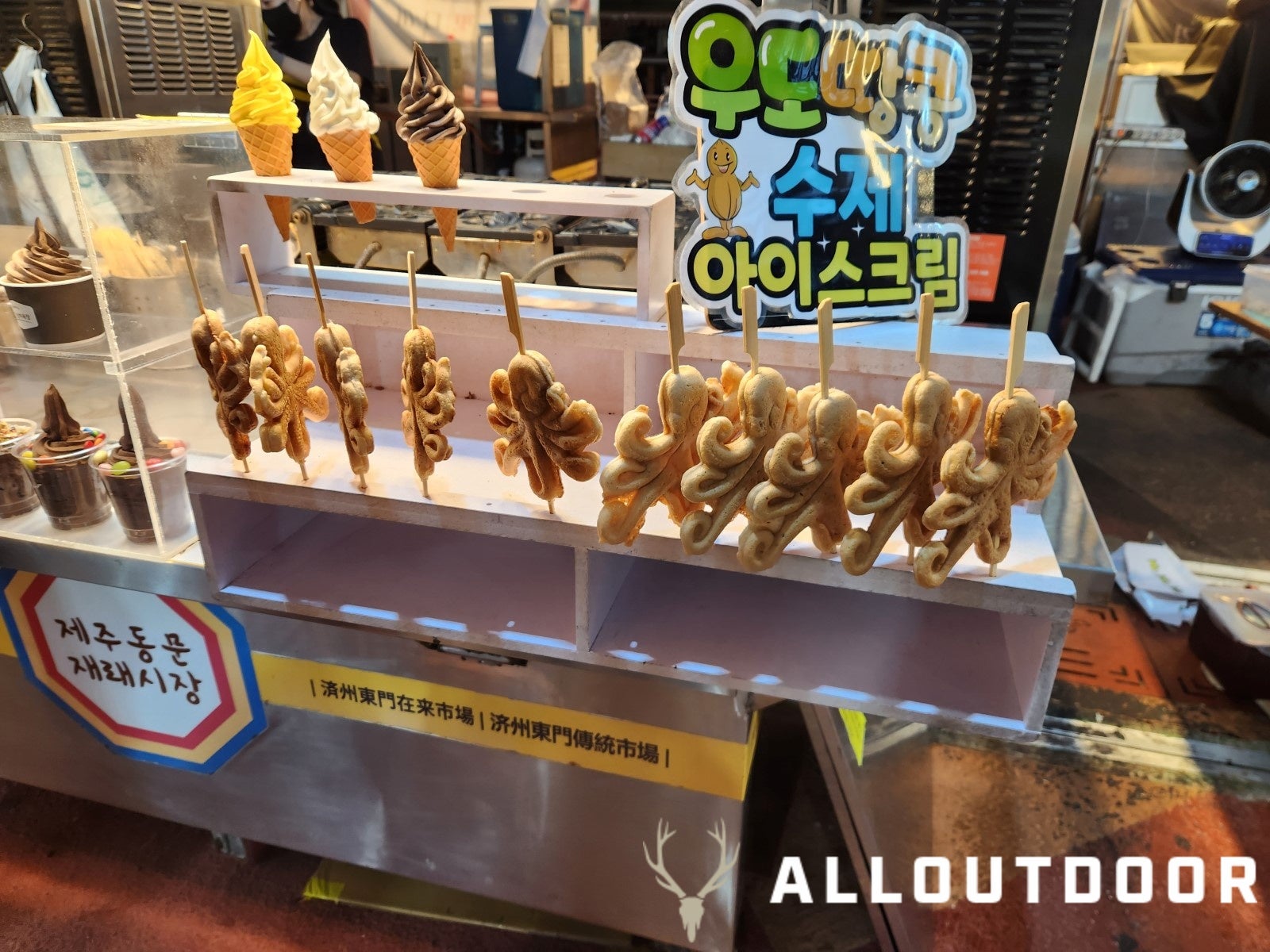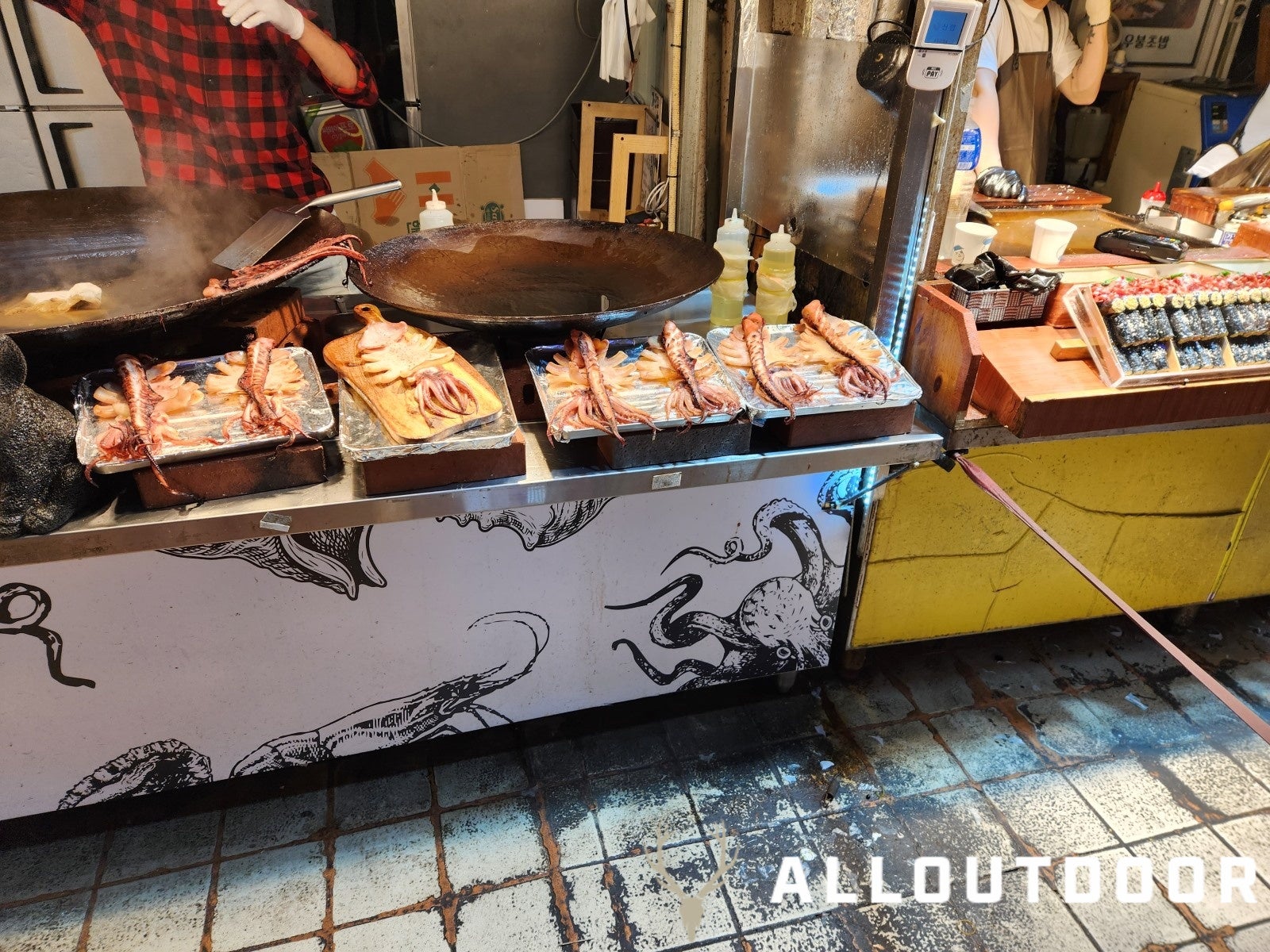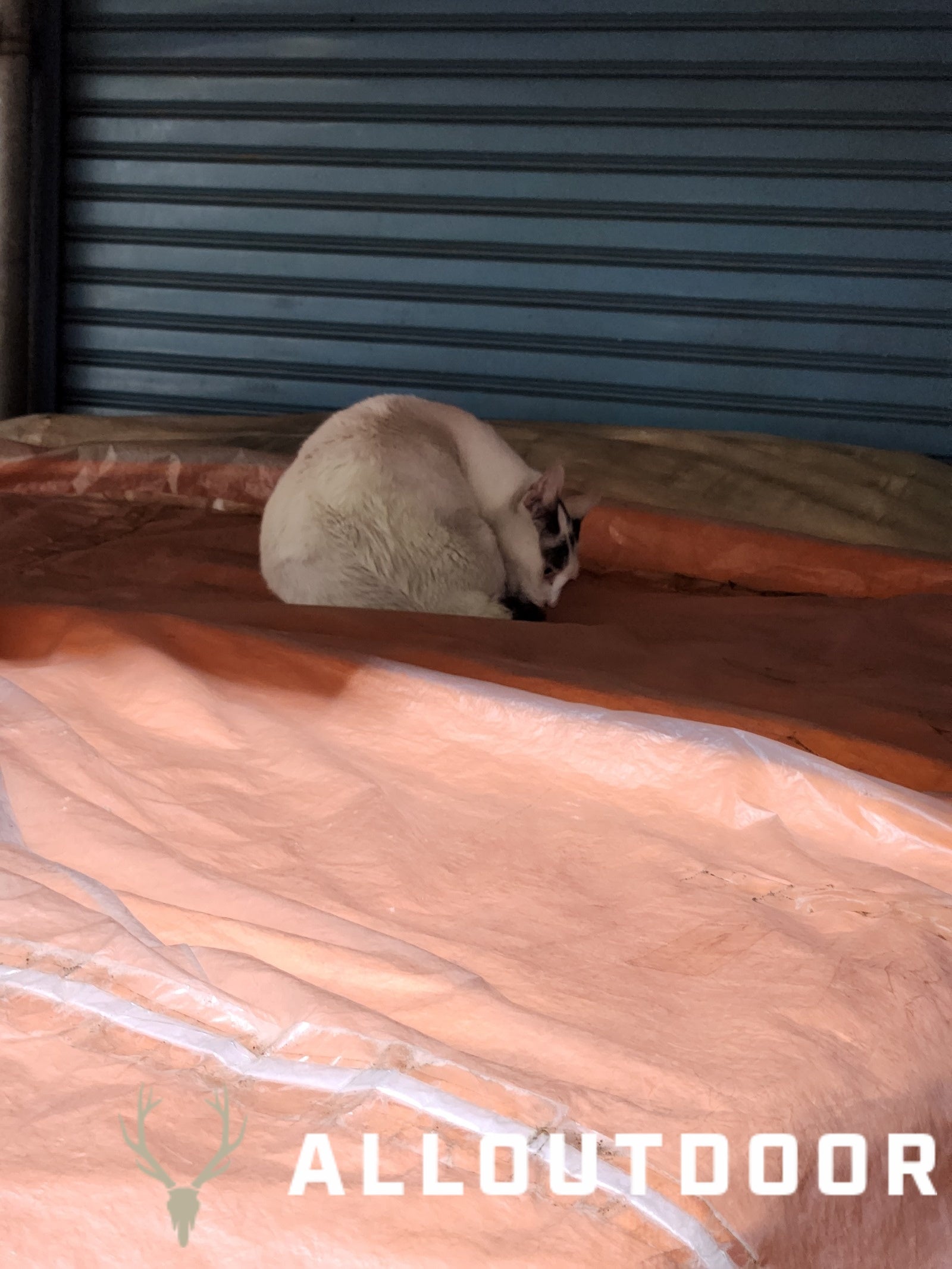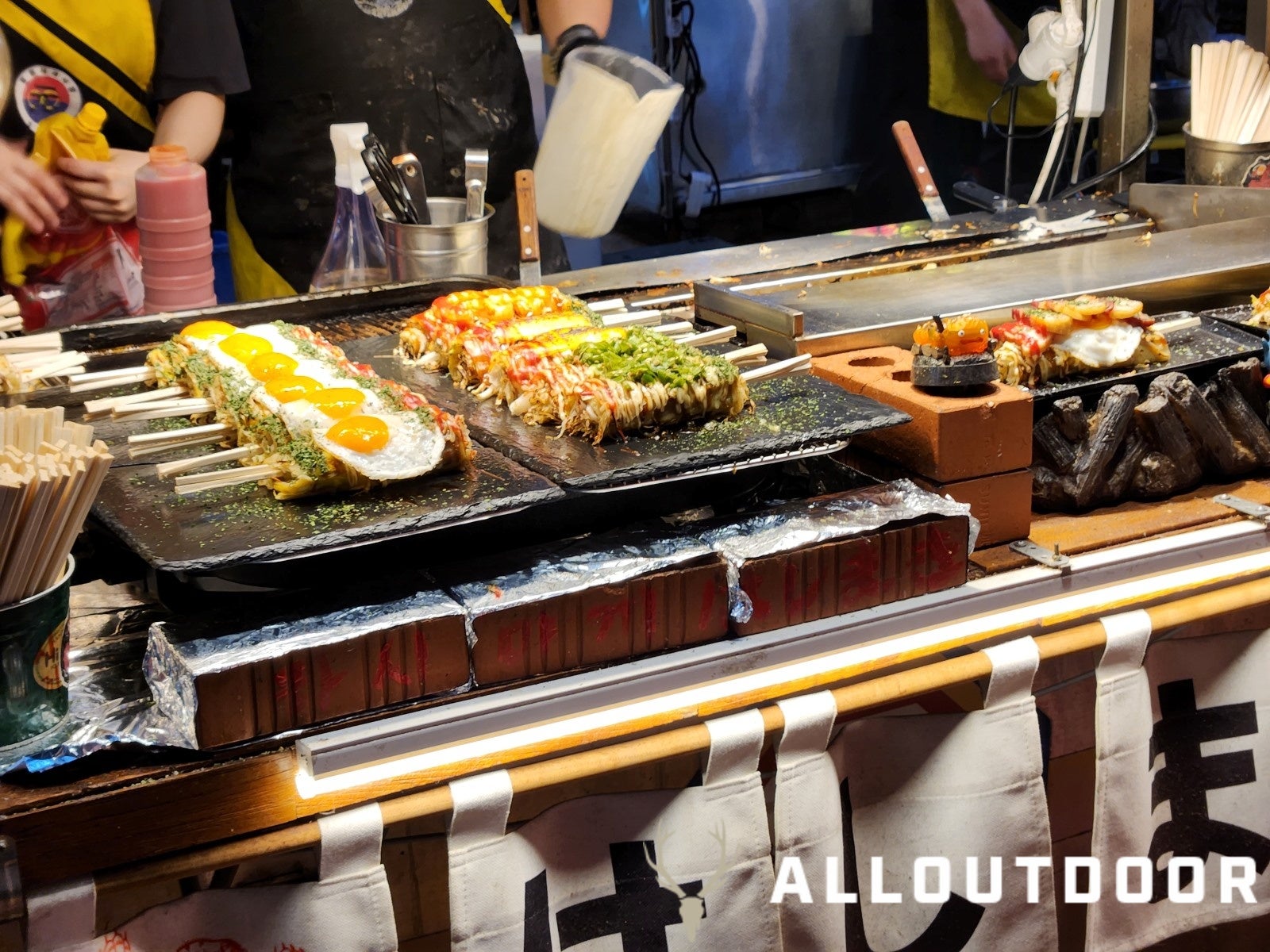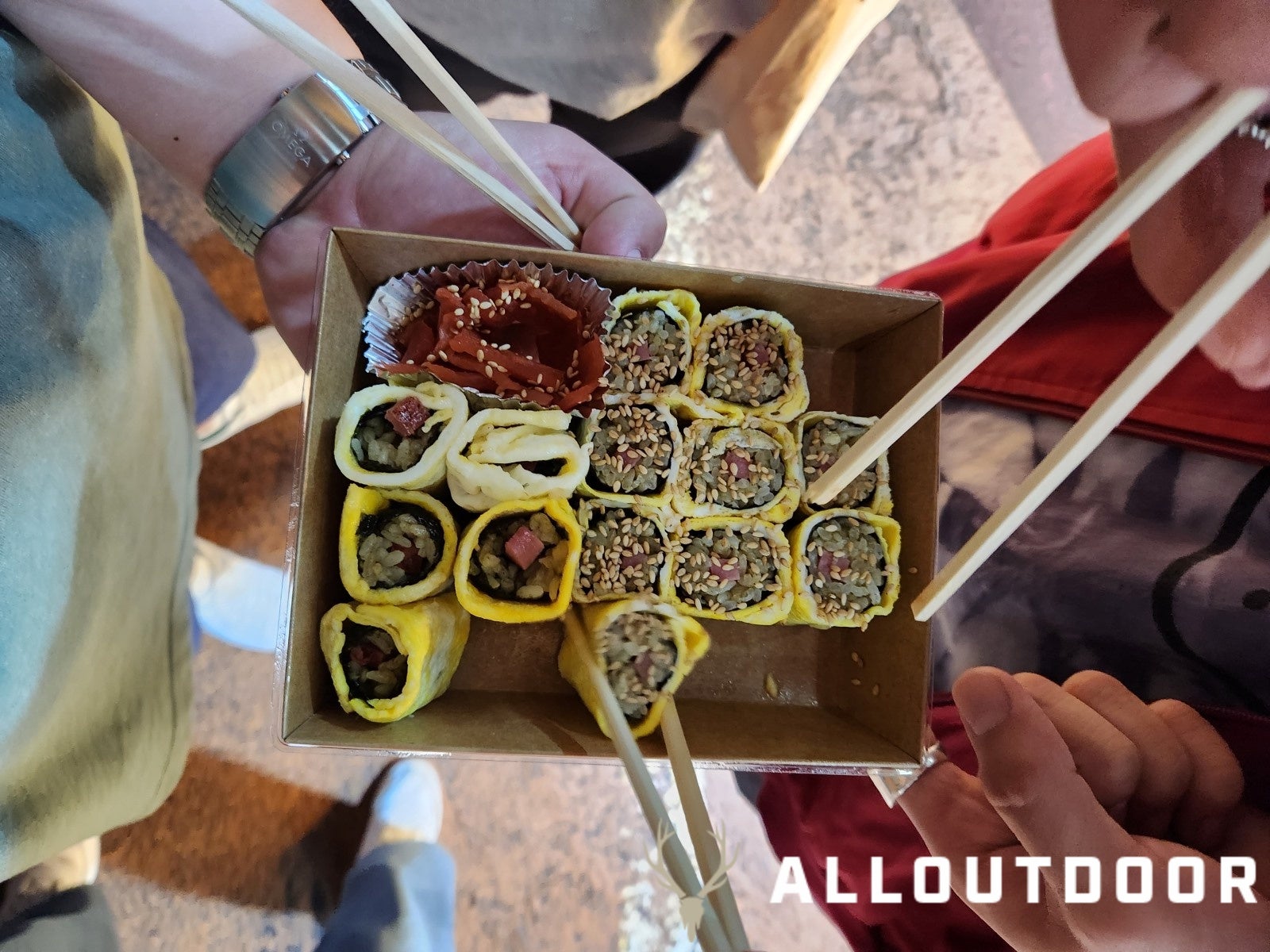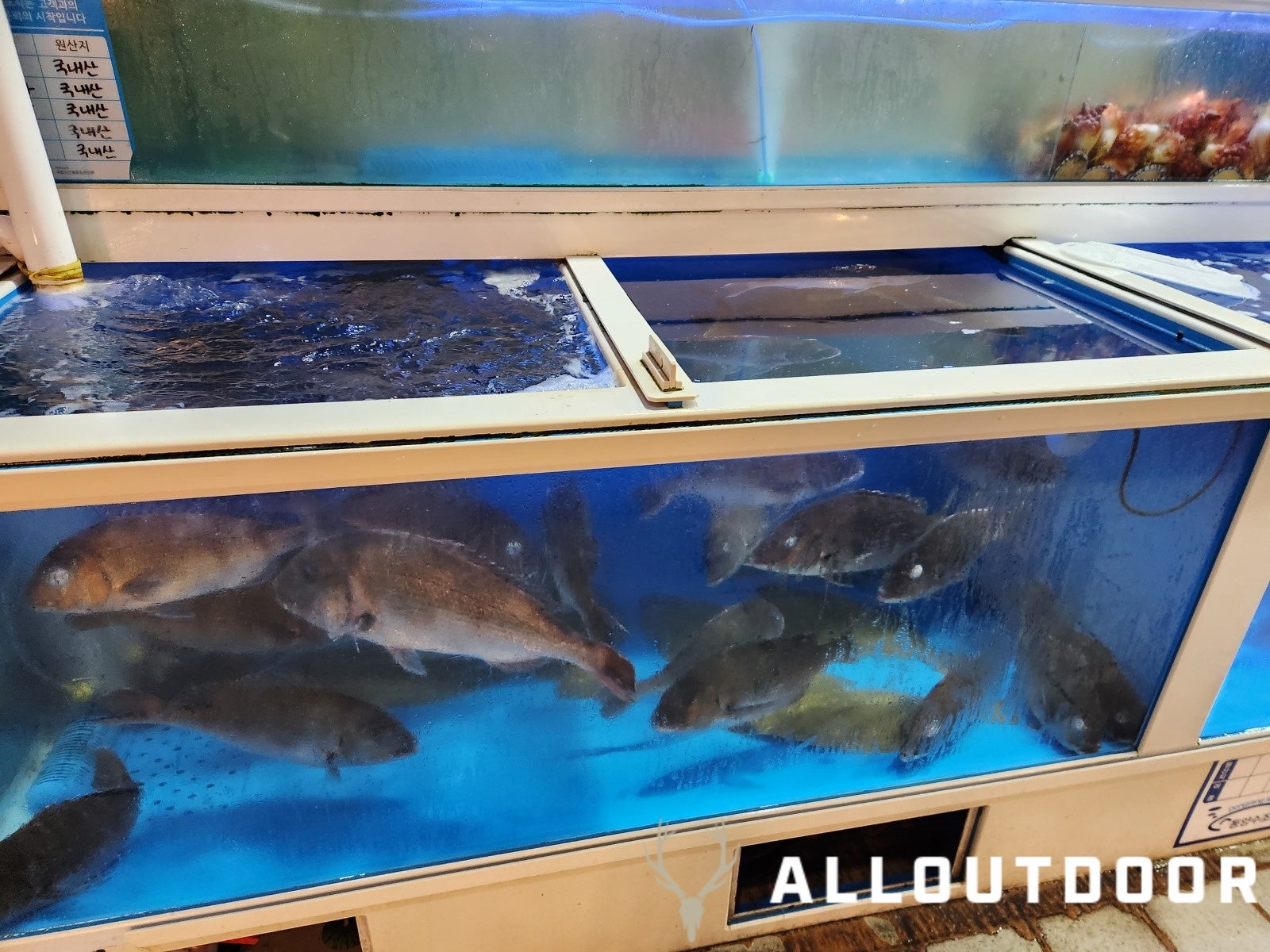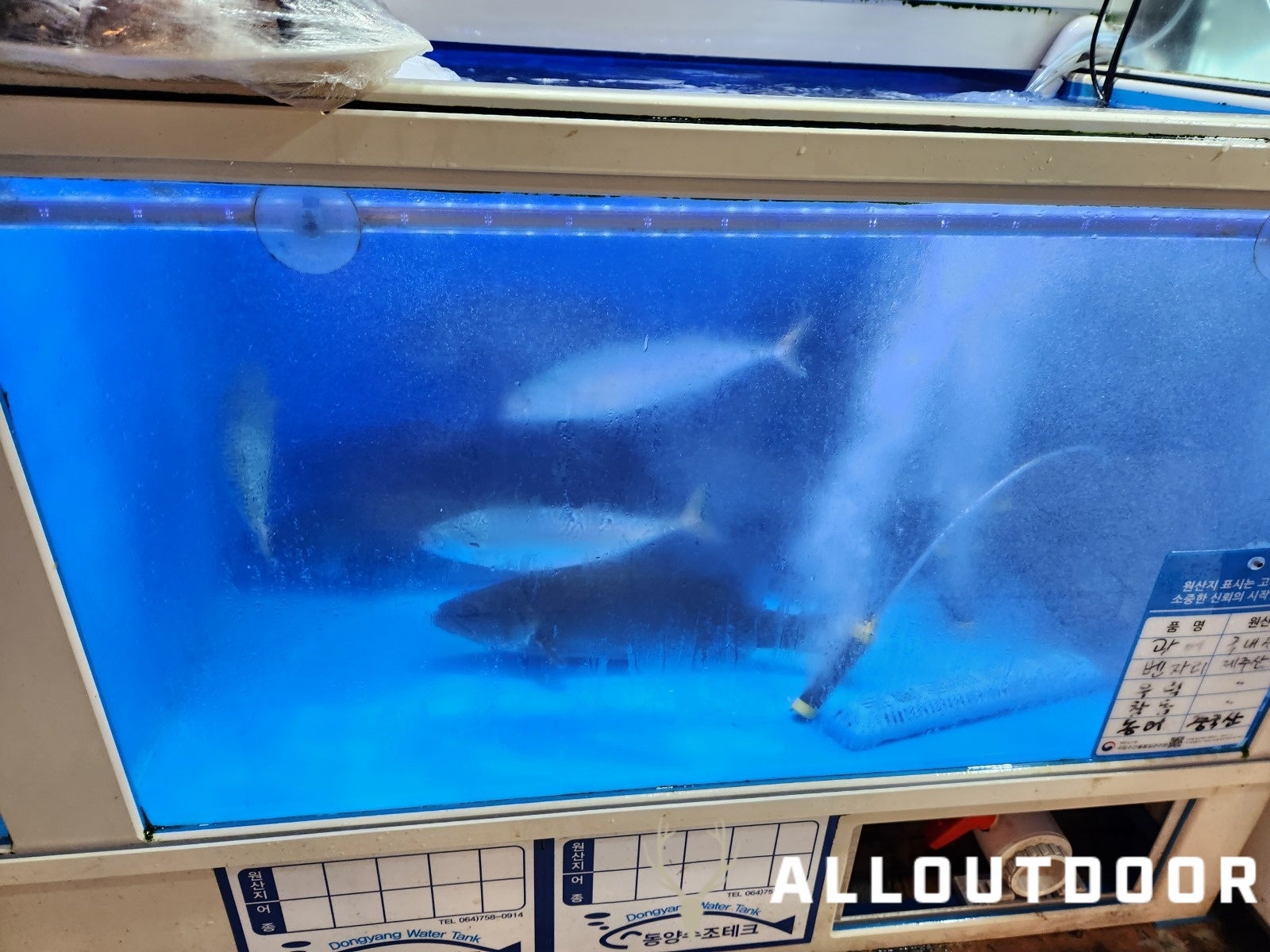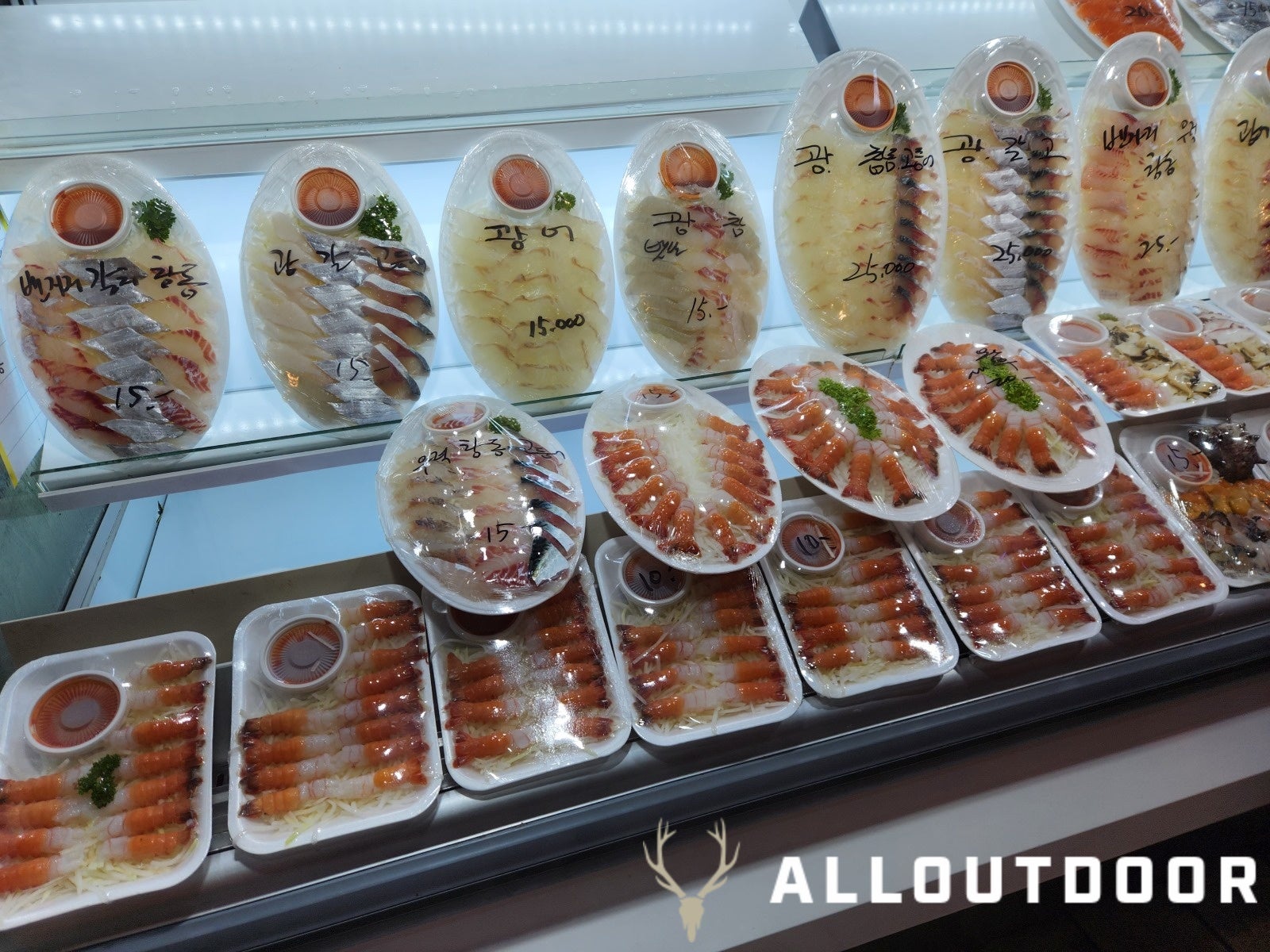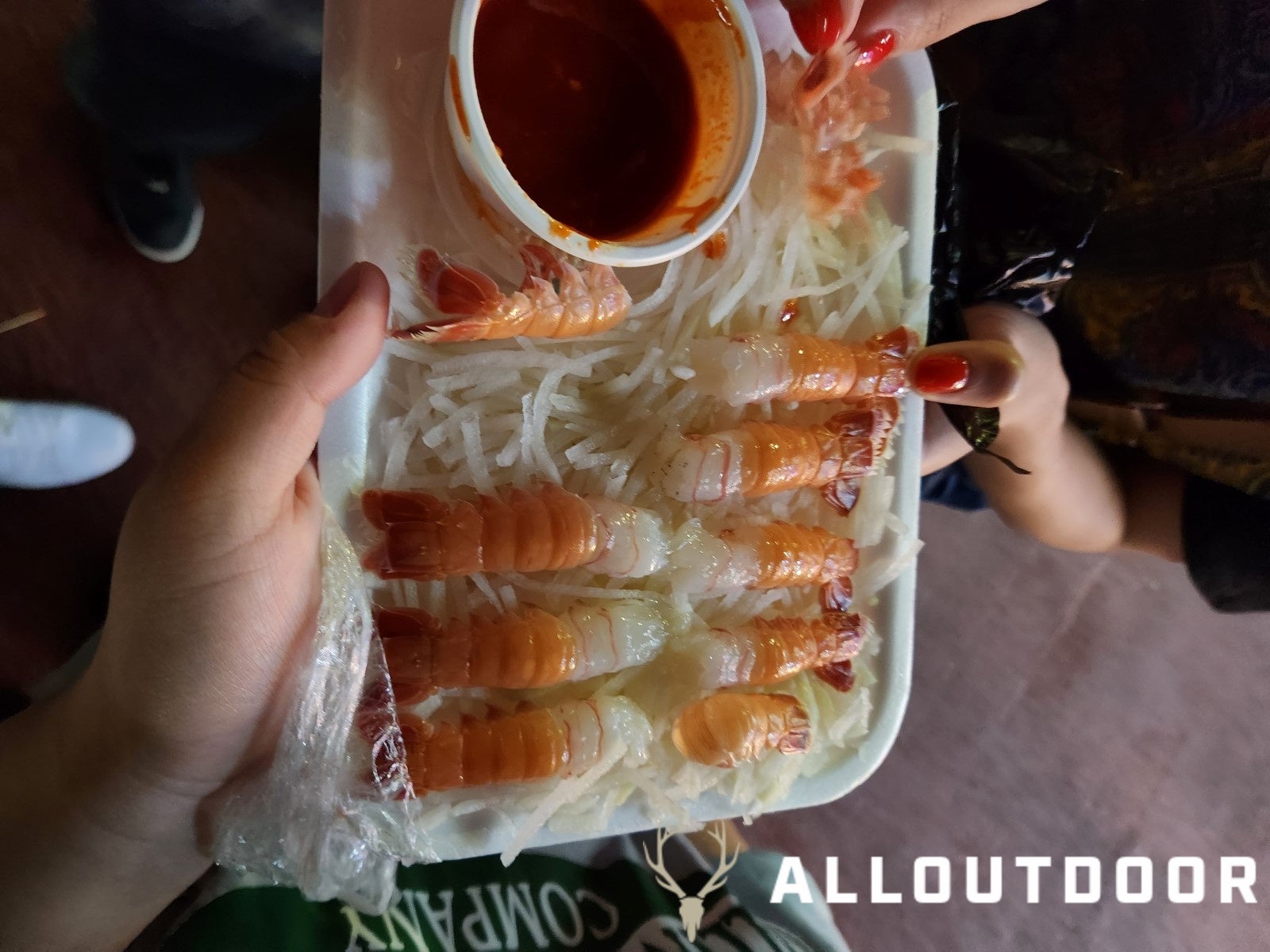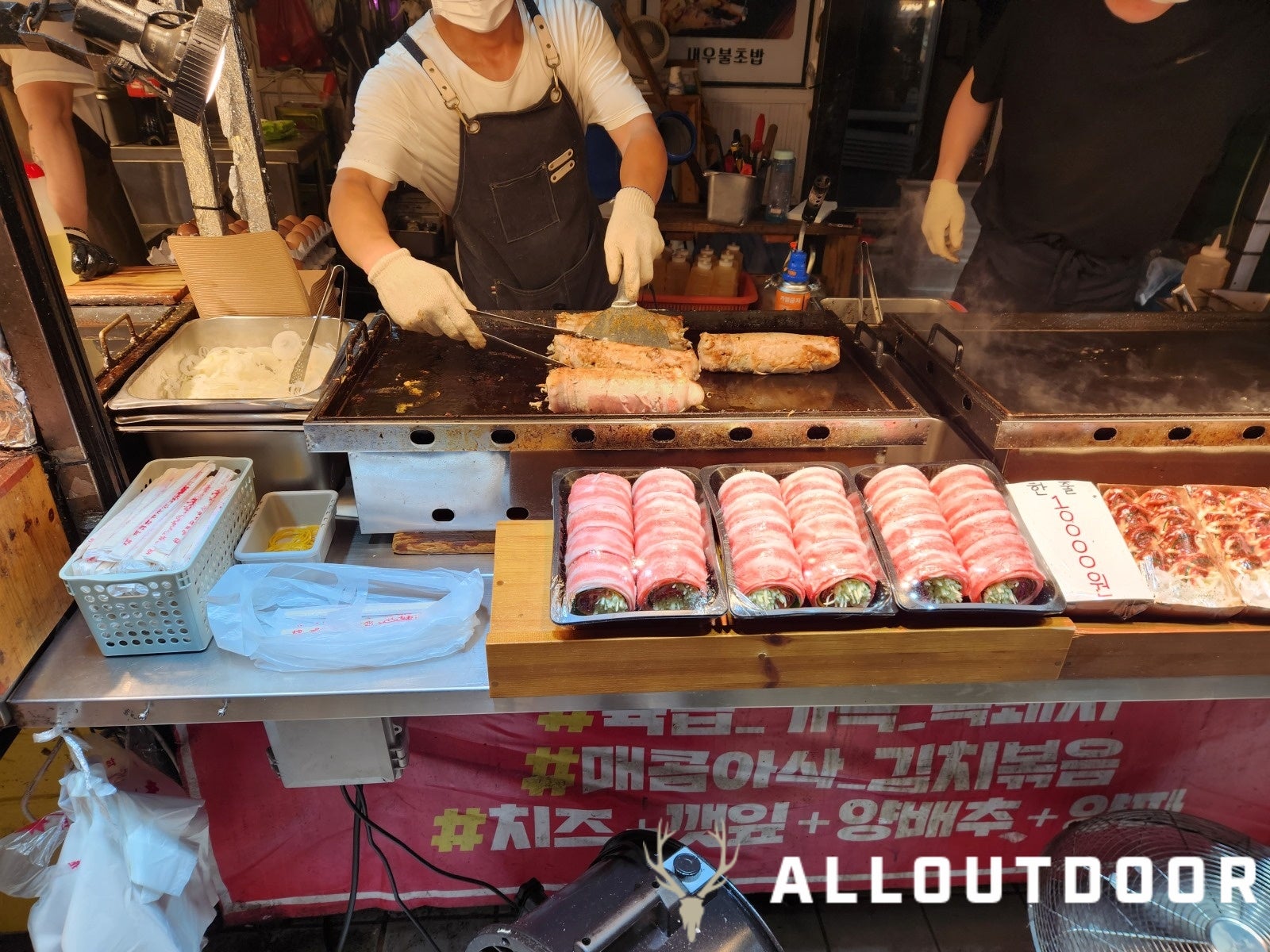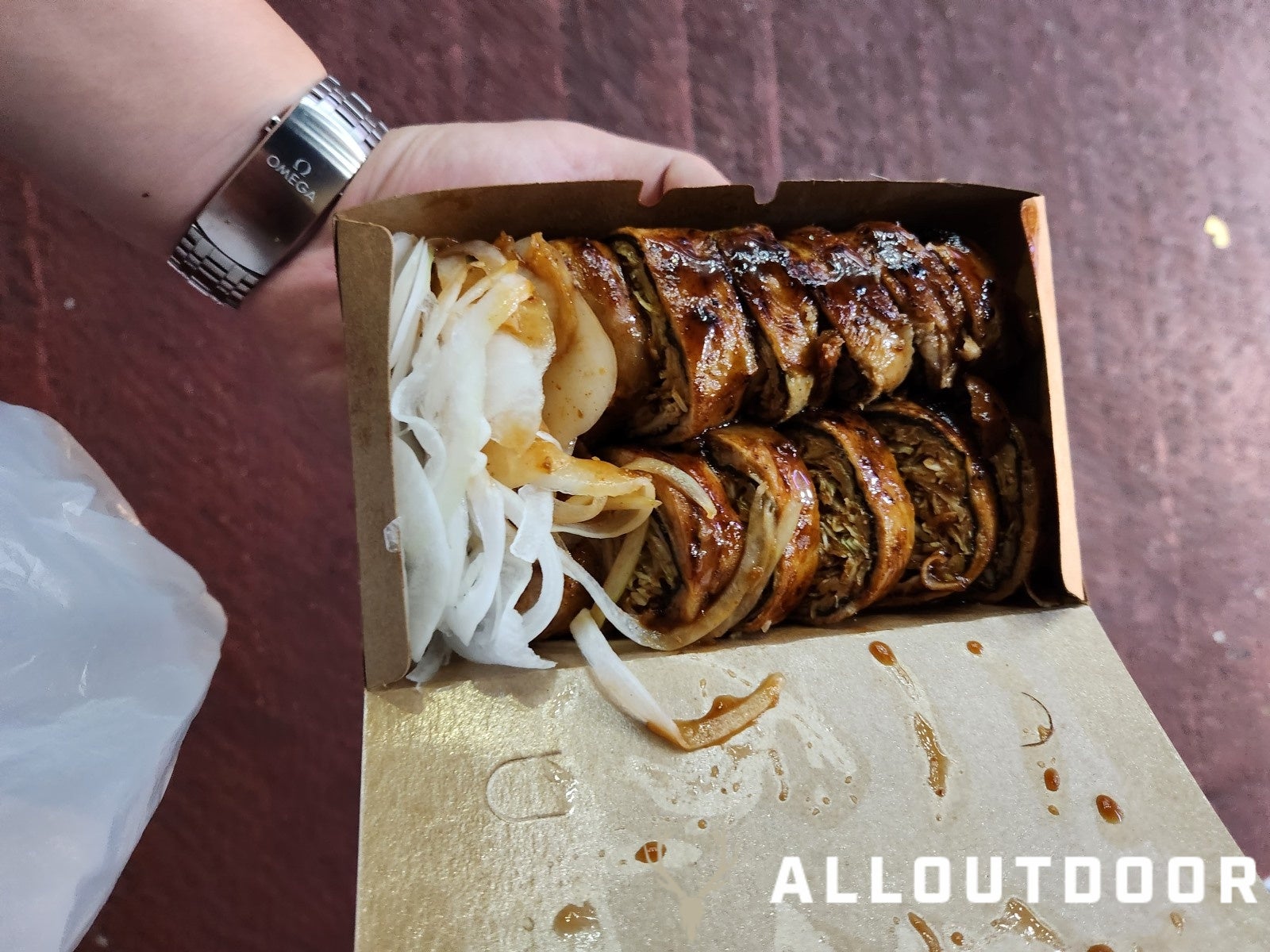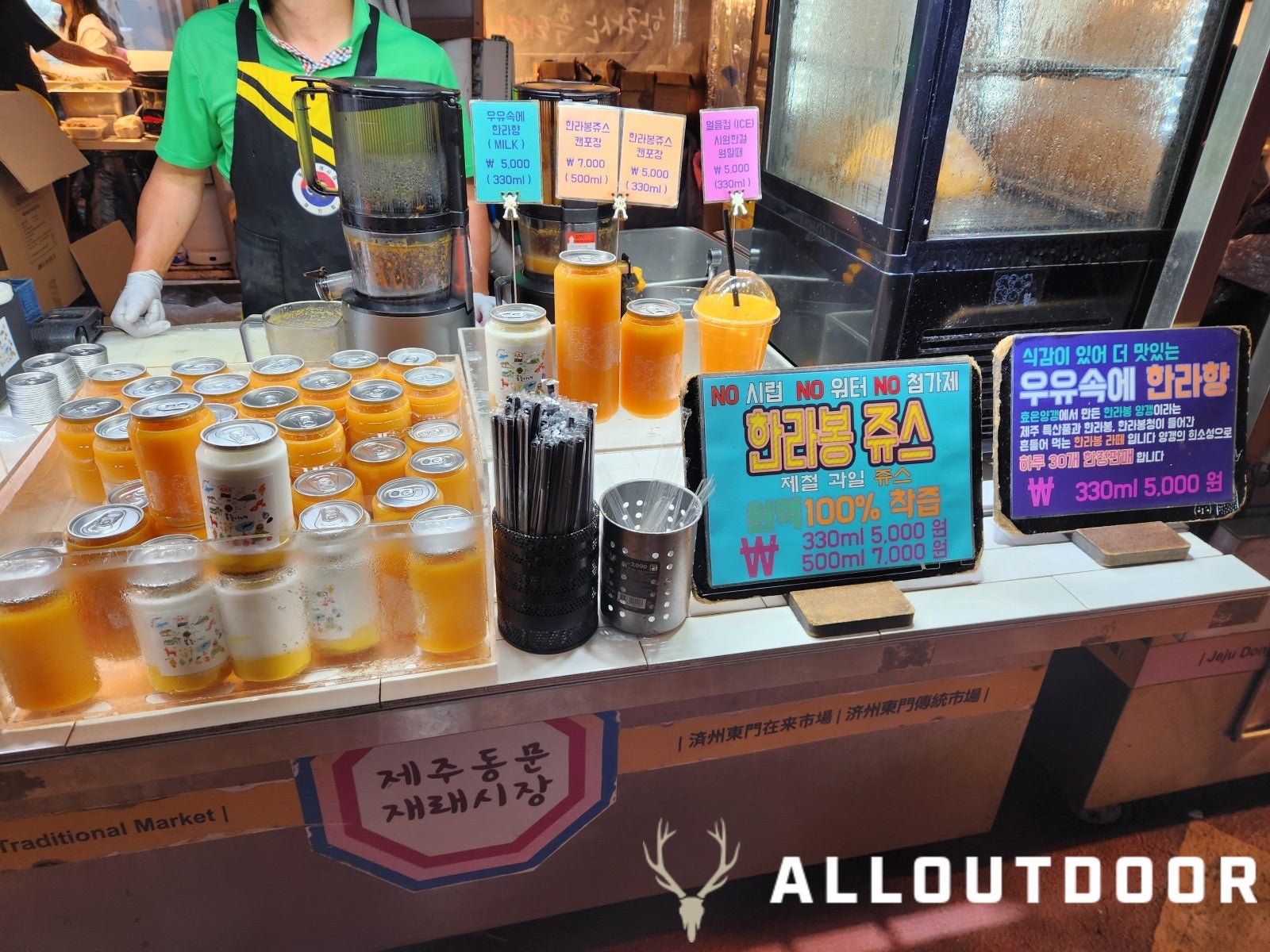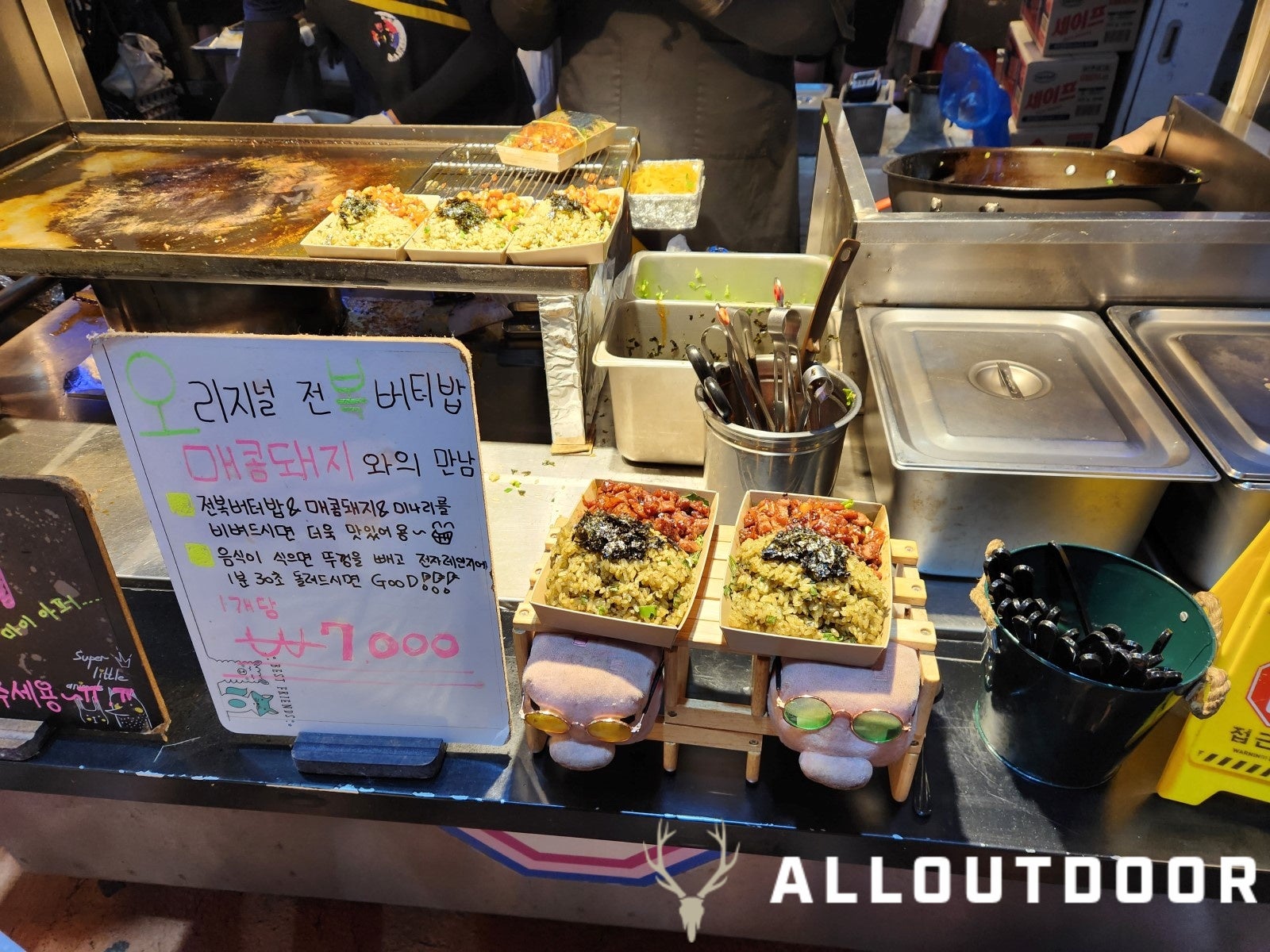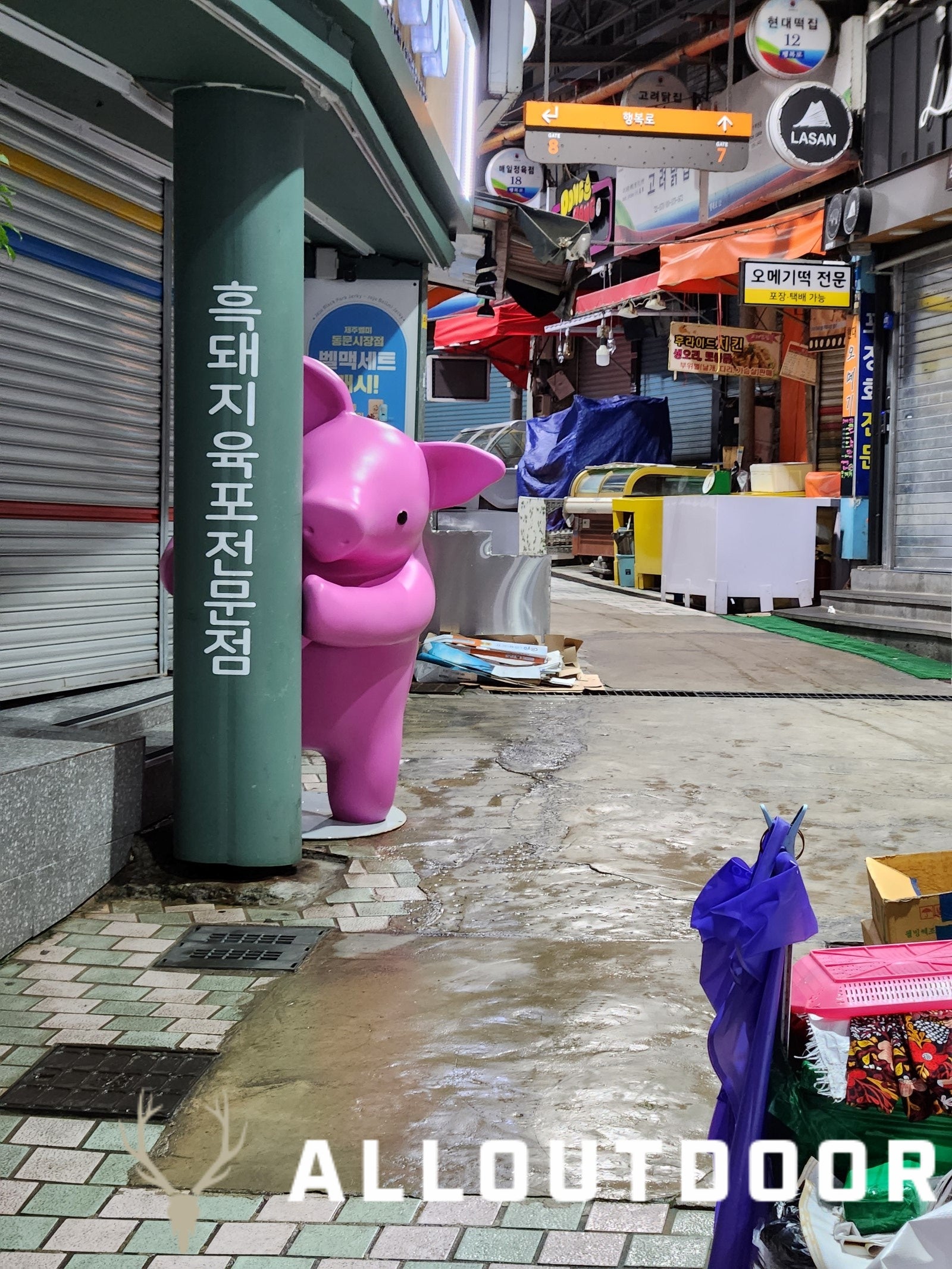A Day in South Korea – Jeju Dongmun Night Market
Eugene L. 08.30.23
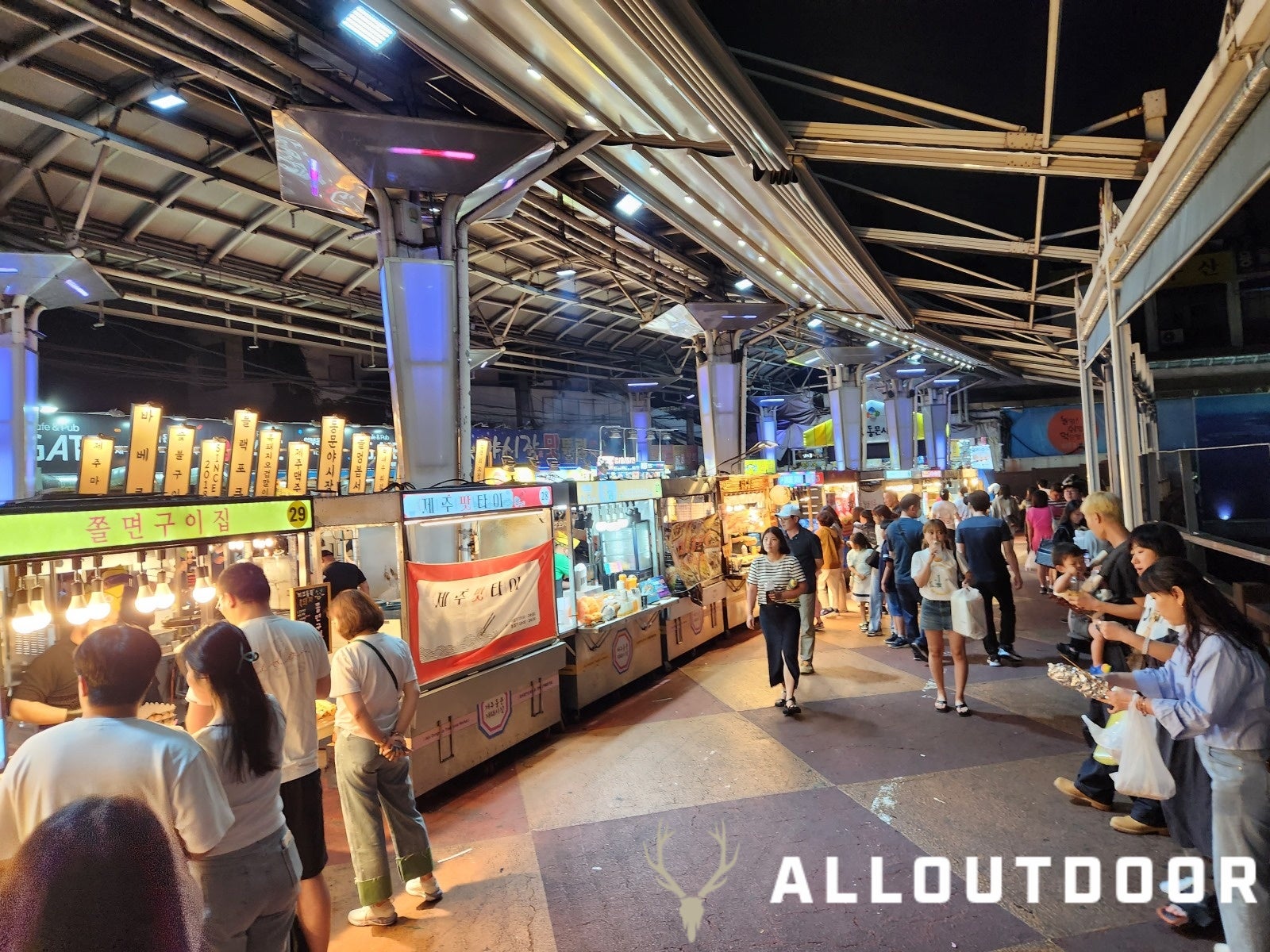
While I’ve already shown y’all a glimpse of the Korean Traditional Market in Daejeon, this time it’s a bit different, we visited the market at night. Inside the Jeju Dongmun Traditional Market, there is a section of the market that only opens in the evenings. The Jeju Dongmun Night Market has three rows of street food vendors. A smorgasbord of assorted Korean foods that for the most part use ingredients from Jeju Island or the waters around it. From some of the freshest seafood to flaming cuts of Jeju Island Black Pork, there is something for sort of palate here.
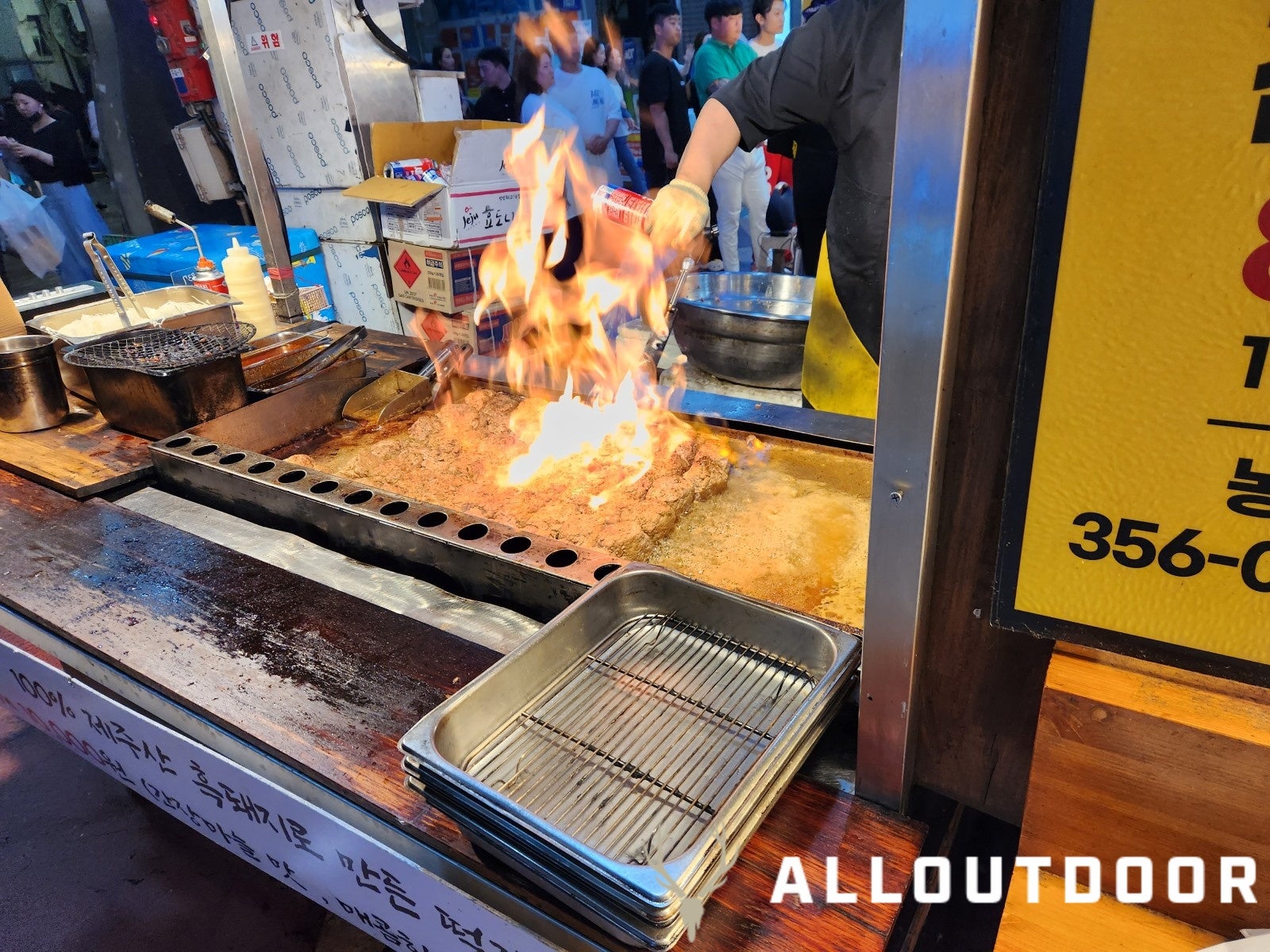
OK first off take a taxi to get to Jeju Dongmun Traditional Market from whatever hotel you’re staying at. While there is some parking around the market it’s tight and a pain to get in and out of due to all the foot traffic. I think the taxi for the four of us cost under $10 USD from the Jeju Grand Hyatt to the front entrance of the market, and if I remember right it cost just about that to get back. Once at the entrance of the market, you will see all these stalls selling local produce. Some stands just sell different citrus varieties of citrus grown on Jeju Island. The island has been known for its citrus for millennia, with citrus being grown here since it was the Tamna Kingdom(?–1404 AD). Though with it being later in the day when you go to the night market a lot of the vendors were closed like the one below. Their products are covered up with only the night watch there to keep guard against rodents.
But of course, this isn’t the case for all the vendors in the traditional market, a lot of the seafood vendors who deal in live fish and sashimi stay open late to take advantage of some of the night market crowd. They again will call out to you to try and get your attention and a possible sale. I wish I had gotten some photos but showing interest and stopping for pictures would have slowed us down, we had to keep going further in to reach the night market on the other side.
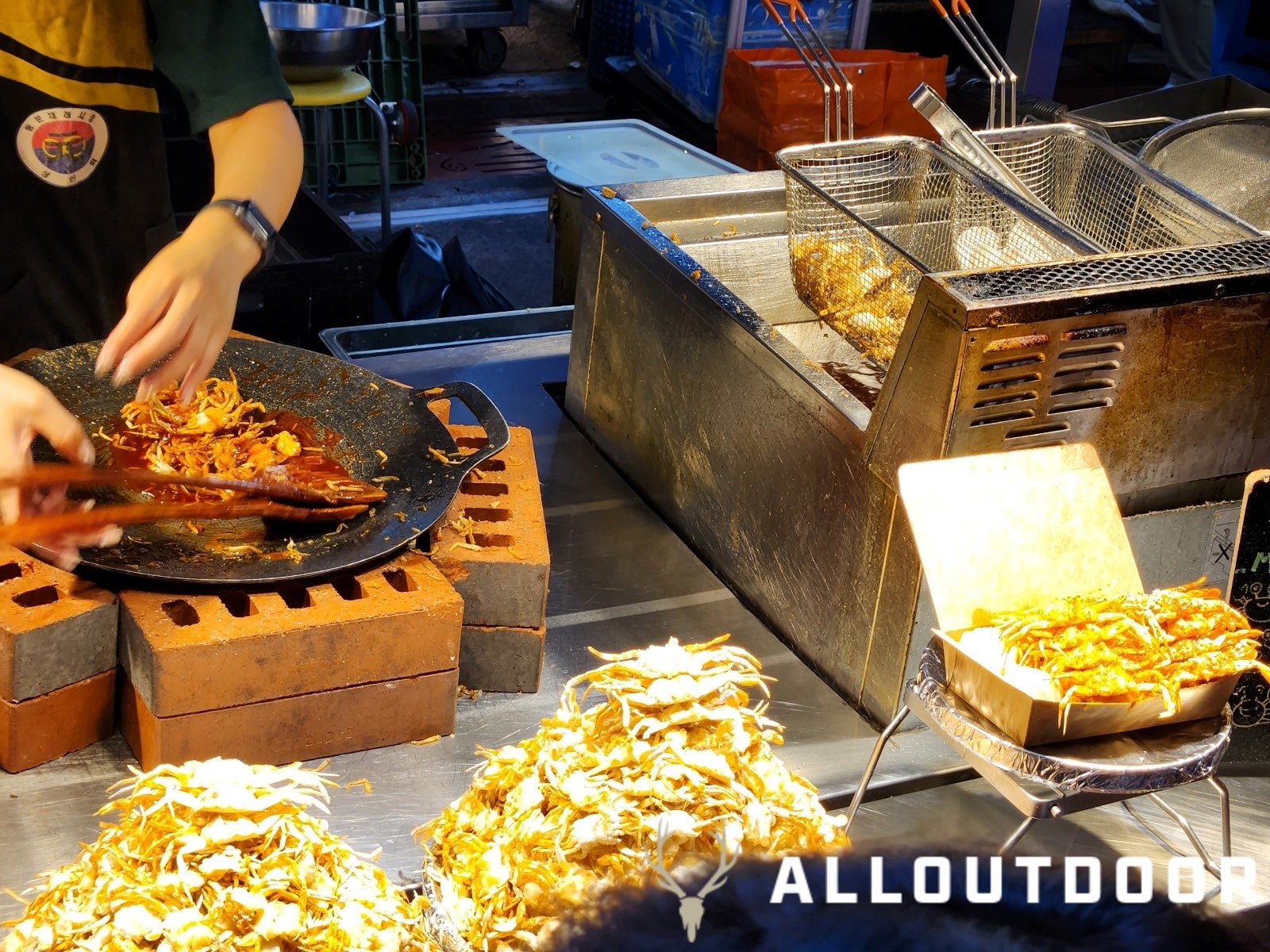
You’ll smell the night market before you see it though, the smell of flame-cooked food wafting through the air. When you finally reach the night market it is a bit of a traffic jam, with a stall selling lobster and whole snow crab having almost a dance show while cooking. While this smelled good, I didn’t travel all this way to eat a lobster that came from the US. Once you get past that crowd though the market feels like it opens up a bit to other various stands, a lot of them offering Jeju black pork products. And besides the seafood, most of the dishes offered by vendors were under 10,000won ($7.50usd).
I recommend taking a lap and seeing everything before you choose to get something. Also coming in a group is a great way to try a lot of things here, that way you can try and share many different dishes. Cash is king as always but I think all of the stalls accepted cards. We did a lap around and found this Abalone Kimbap from a stand we wanted to try out first, the rice is seasoned and mixed with abalone and abalone liver then wrapped in roasted laver seaweed along with a piece of sausage, and then finally wrapped in a sheet of fried eggs before being sliced and served. If I remember right this tray was about 7000won or about $5 USD.
Of course, it’s not a trip to a Korean Traditional Market without some incredibly fresh live seafood in tanks. This place had stacks of tanks full of local fish, red seabream, seabass, olive flounder, mackerel, and a bunch of shellfish. Most of these fish are from the waters around the island either from local fish farms or wild-caught. I asked the old man running the place they even had local live squid earlier but had sold out already.
In his cold display, he also had all these prepped plates of sashimi along with something I had never had the chance to eat before. Ddak shrimp, Red-banded lobster (Metanephrops thomsoni), a species in the lobster family similar to langoustine or scampi. I have had langoustine before but they were previously frozen and had to be cooked, these Ddak shrimp are locally caught in super deep water and served fresh and raw. These things were amazing, like the best sweet shrimp I’ve ever had. And the prices were insane, I paid $30 USD a pound for whole langoustine before, but here for 11 shrimp, it was 10,000won(7.50USD). The prices were insane for this high quality of seafood.
Then right after some of the best shellfish I’ve ever eaten, I had to get this Topokki Odeng Fish Cake on a Stick, for all of 1000won (75cents). It was also very good, don’t sleep on these things.
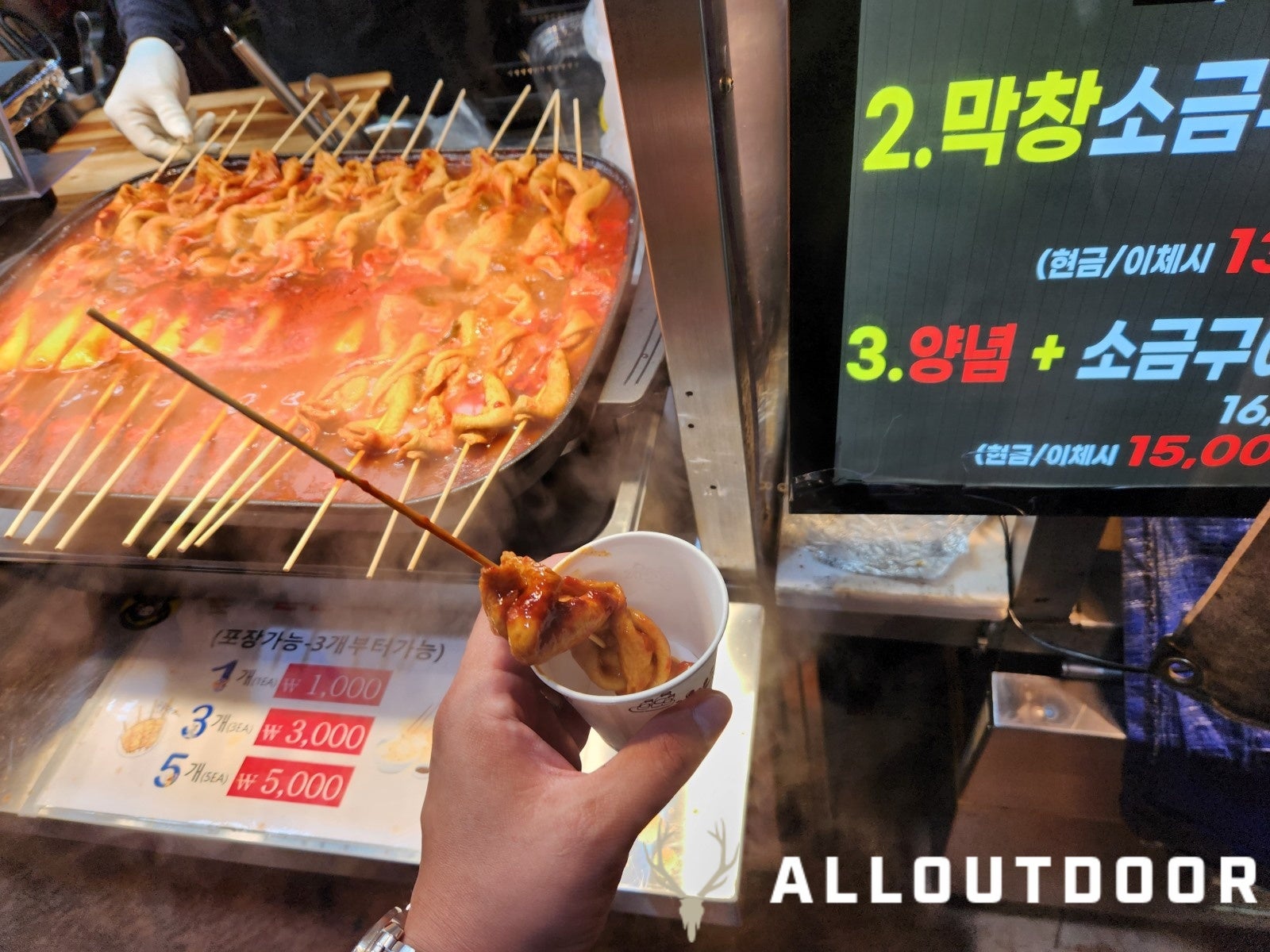
Then right after the delicious fish cake on a stick, we had to grab one of the rolls of Jeju black pork. This was 10,000 won ($ 7.50 USD), layers of local pork belly wrapped around cabbage, onion, and hot peppers. Griddled and flame roasted then covered in sweet sauce. The thing weighed like 2 pounds and was amazing as well.
I will say the night market isn’t what you call vegan friendly, which most Korean food isn’t vegan friendly. Even kimchi uses salted shrimp, fish sauce, or oysters depending on the recipe. So here was at least a vegan drink. Fresh-made Jeju hallabong tangerine juice, as in we ordered the drink on the far right and he started pureeing tangerines as soon as he got payment. Excellent blend of sweet and tart, and super refreshing during the summer heat.
I know I sound like a broken record at this point just showing pictures of the food and saying they were good and cheap. And if you made it this far thank you for still reading this. I just want to reiterate this again. If you’re in Korea and go to Jeju Island, go here and experience this at least once. Even if you don’t like crowds this is a great spot to go to. This being a vacation destination the vendors are pretty good at understanding people who don’t speak Korean here and some speak multiple languages. Make sure to go with friends and family if you can as well. Share all the food together, in Korean culture sharing good food together is important. So while I can’t share a plate with yall I can at least share pictures here.
